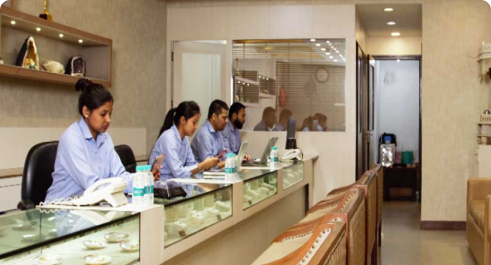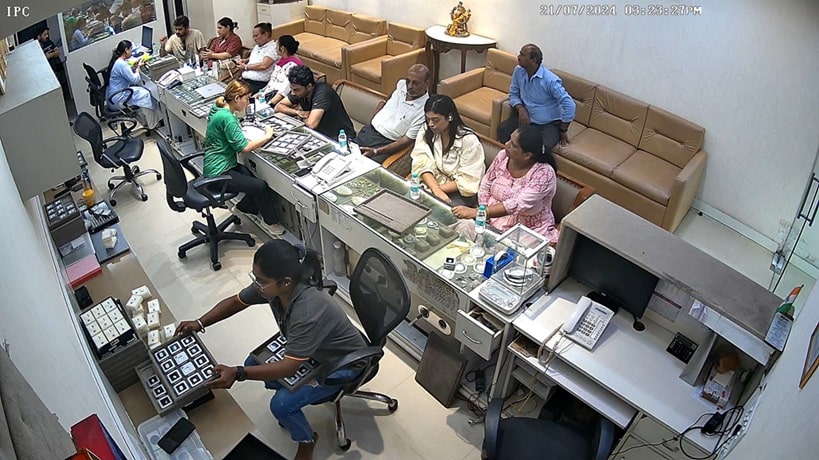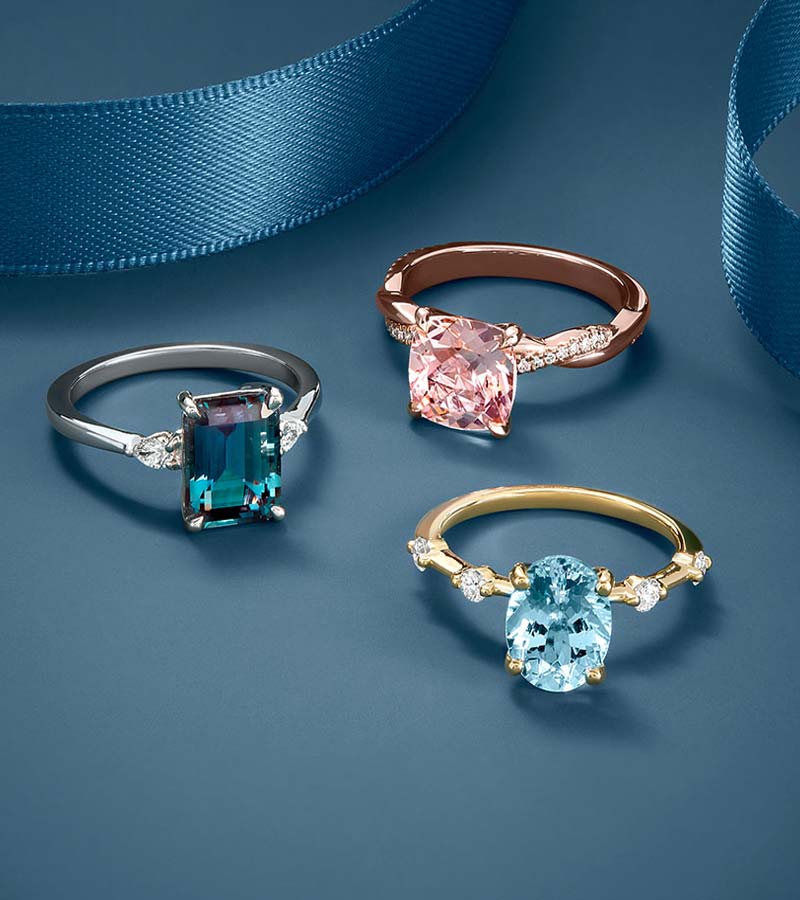Opal is a symbol of clarity, confidence, and optimism. It has a rich and fabled history.
Aboriginal Australians believed that when the creator/god came to Earth conveying the message of peace, the moment he stepped onto the ground, stones became alive gleaming in all the colours of the rainbow. This is when opals were created.
In the 23 to 79 AD philosopher Pliny the Elder’s text opal finds a mention. Romans thought opal to be one of the luckiest astrological gemstones in the world symbolizing hope.
In the Middle Ages, people believed that opals were bestowed with the positive properties of all coloured gemstones because they glowed in rainbow hues. According to ancient Greeks, opals gave their owners many gifts, including the gift of prophecy, and guarded them against negative occurrences like a disease. Europeans have always regarded opals to be bearers of hope, purity, & truth.
In India, the hub of natural gemstones, opals have been regarded for their astrological and aesthetic properties for a long time by kings, queens, nobles, scholars, and travelers. In fact, the name "opal" is thought to have originated from the Sanskrit word "upala" meaning "precious stone."
It is the birthstone for October. With the advent of a new era, today from Millennials to Gen Z, everyone is interested in investing in birthstones. Hence many people buy certified gemstones online and offline, including opal.
However, despite the long and lustrous journey of one of the most celebrated astrological gemstones, opal, also known as the queen of gemstones, suffers from a bad reputation. Some people believe that opals bring bad luck.
So, are opal stones bad luck?
Truth be told, there has been NO evidence of that. To put it simply, opals definitely do not bring bad luck no matter what the superstitions of the past two centuries tell you.
Why is opal considered bad luck?
To understand why opal is considered bad luck, let's have a look at the many superstitions & myths associated with opal.
The superstitions are:
-Only those born in October can wear opal.
-Opals should never be gifted or accepted as gifts.
-If still the natural gemstone is gifted, the curse can be negated by handing the giver a small amount of money, making it a financial transaction.
-Opals should never be used in wedding/engagement rings because that may lead to the bride becoming a widow.
-Black opals are considered to be lucky while white or milky opals are regarded as jinxed.
-Opals draw out sorrow.
-Opals set with diamonds do not draw sorrow to the wearer because diamonds are more powerful than opals.
-In presence of poison, natural opal gemstones turn pale.
-Opals lose their shine when the owner dies.
HOW TO GET MAXIMUM BENEFITS FROM OPAL GEMSTONE
But, how did the opals become "stone of tears"?
As we have already discussed, from ancient times, opals have been loved and adored by all. From Queen Victoria to Caesar, from Arabs to Aboriginals, everyone wore and treasured opals.
However, the stories of sorrow and superstition regarding one of the most treasured natural gemstones began with a book.
Granted, there have been multiple stories of sorcerers and witches spanning centuries where they used the gem to strengthen themselves. The Medieval Europeans even thought that the stone resembled the shape of an "Evil Eye." But the most popular story, where it all began to go downhill for opal, began with Sir Walter Scott, the great 19th-century author.
Sir Walter Scott wrote a novel called Anne of Geierstein in 1829. In the book, there was a character named the Baroness of Arnheim. She wore an opal talisman imbued with supernatural powers. As the story goes on, the Baroness dies when a drop of holy water falls onto the magical opal stone turning it into a paler version of itself by draining it's colour.
The book became insanely popular. So much so that people began to associate bad luck & death with opal because of the book. The sales dropped to 50% and remained as bad, if not worse, for the next 20 years.
Opal's reputation also took a hit in the 19th century because of falling monarchies, severe famines, insurmountable pestilence, and mournfully the black plague. Rampant among the masses, Europeans believed that when a patient wearing a bright & colourful opal died, the stone lost it's brilliance & colour.
Another thing that affected opal's reputation was bad-mouthing from diamond traders. As the 20th century began, a huge amount of opal gems began to make their way into the western markets of the USA, Europe, etc. This caused panic amongst the emerging diamond traders like De Beers as they feared opal would take over diamonds.
De Beers actively and massively propagated a rumour about opals being bearers of bad luck. Unfortunately, their trick worked. It is still at work today as the rumour changed shapes and is still believed by a lot of people.
Another reason why gem traders dealing with precious natural gemstones, like diamonds, propagated the lie about opal being bad luck is that opal is softer than diamonds, and it cracks a little easier diamonds. Therefore, jewelers find it harder to work with it.
Wrapping it up
Are there any negative effects of opal gemstone? There can be, but only if it isn't worn properly according to astrological guidelines. Opals bring bad luck is a myth. Astrologers around the world, many cultures, and jewelers consider opal to in fact be a bearer of good luck. It is quickly becoming one of the most sought-after astrological gemstones in the world. So much so that you can now find opal stone online. But, before you make a purchase, make sure you're choosing a reputed seller like Brahma Gems.
 +919953660004
+919953660004 +18886144437
+18886144437 +44
8081965700
+44
8081965700




















